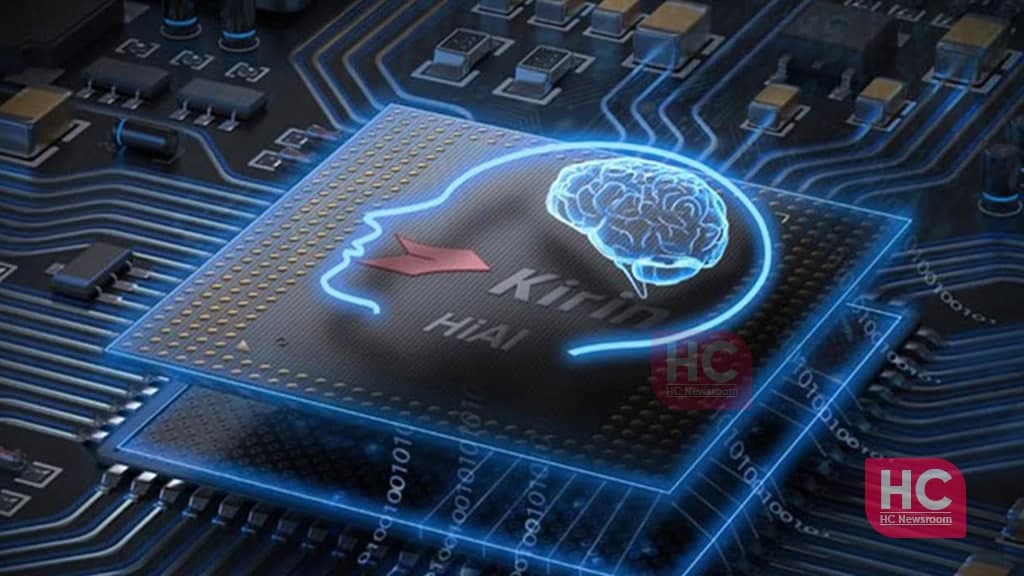News
Huawei is making ‘U.S. free’ chipsets? Take a look at this new report

Huawei has been banned from chip manufacturing but some reports mention that the Chinese tech giant is secretly making U.S. free chipsets.
According to NikkeiAsia, Huawei trying to make new chipsets free from U.S. technologies with the help of existing domestic semiconductor partners.
Input reveals that Huawei has redesigned some of the key designs so that they could be printed with old or less advanced technologies. This production tech is easy to avail in China.
It’s also revealed that the company is not building its own production lines, instead, it’s operating via existing Chinese semiconductor companies. Also, the Chinese tech giant is providing assistance, procuring, and helping to operate for local semiconductor makers, said the source.
The move is directed to get chipset access without U.S. tech involvement.
Even if Huawei could get some chipset access back with recent changes in U.S. foreign policy, the company may also want to learn how to succeed in the chip manufacturing process.
On a further note, the report reveals that the company wants to start somehow, even if the chipset cannot compete in the market. However, a breakthrough is currently a bull’s eye mark.
To make a positive impact, Huawei is making investments in these companies to support their production and progress further in semiconductor development.
Initially, Huawei’s aim is to make chipsets for telecom equipment as they don’t require advanced lithography/chipset-making technologies as compared to smartphones. Also, the volume of network gears and smartphone models varies from each other. Hence, a high quantity of processors is required for the phones.
The semiconductor companies backed by Huawei also include DRAM and other memory types for all devices and peripherals.
Why chipset is an issue for Huawei?
After the U.S. ban on Huawei in 2019, Huawei has been barred from getting chipsets from U.S. companies. After a further crackdown, the company has also been prohibited from printing new HiSilicon Kirin chip from Taiwan’s TSMC.
However, after the low-key transfer agreement between Huawei and Qualcomm, the Chinese tech maker has been purchasing 4G mobile processors.
Currently, Huawei has not confirmed any of the above-reported information but we’ll keep you posted.






